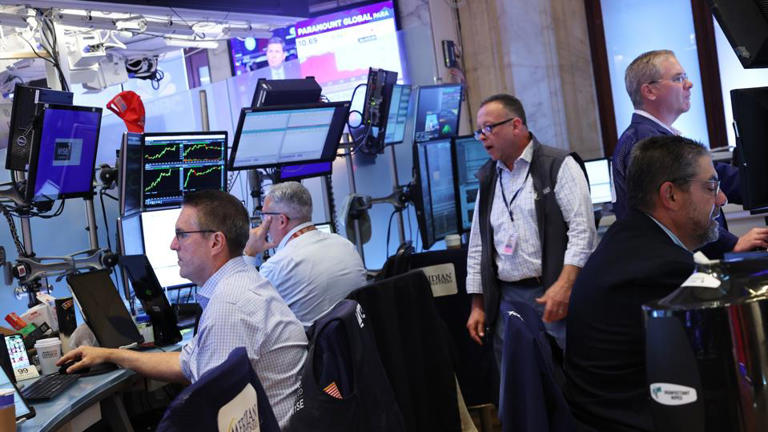The fervent speculation surrounding the timing of interest rate cuts reached a crescendo on Thursday, fueled by a robust reaction to unexpectedly favorable inflation data. Investors and analysts alike swiftly adjusted their forecasts, with the CME FedWatch Tool indicating a sharp uptick in the implied probability of the Federal Reserve implementing its first rate cut since 2020 by the end of the summer. Starting the day at a 73% likelihood for a rate cut in September, this probability surged to 89% by morning’s end, marking a notable shift in market sentiment.
The optimism was palpable across financial markets, particularly in the bond market, where yields on U.S. government bonds plummeted across the board. Bonds with 1-year, 2-year, and 10-year maturities all saw yields drop by about 10 basis points to hit multi-month lows. This decline in yields reflects heightened confidence among fixed income traders that the Fed will adopt a less aggressive stance on monetary policy, potentially supporting bond prices as demand increases due to lower yields.
Equity markets responded with more muted enthusiasm compared to the bond market. While the S&P 500 dipped slightly after hitting a new record high, the reaction was subdued, signaling that investors had already priced in the likelihood of impending rate cuts. Notably, smaller companies indexed by the Russell 2000 saw significant gains, surging approximately 2% by midmorning. This surge suggests that sectors less affected by recent trends in AI-driven technology stocks were gaining favor amid broader market uncertainty.
John Lynch, CIO of Comerica Wealth Management, underscored the implications of potential rate cuts for financial markets. He highlighted that lower rates could decrease federal debt servicing costs, potentially boosting government bond prices. Moreover, lower discount rates for future corporate earnings could justify higher valuations for publicly traded companies, enhancing investor sentiment across equities.
Looking ahead, market participants are closely monitoring economic indicators and forthcoming Fed announcements for further clues on the trajectory of monetary policy. The expectation of multiple rate cuts in 2024, with a substantial probability assigned to at least two cuts, underscores the evolving landscape of economic expectations. This shift reflects a delicate balance between managing inflation pressures and supporting economic growth, with investors navigating these dynamics in anticipation of future market movements.
